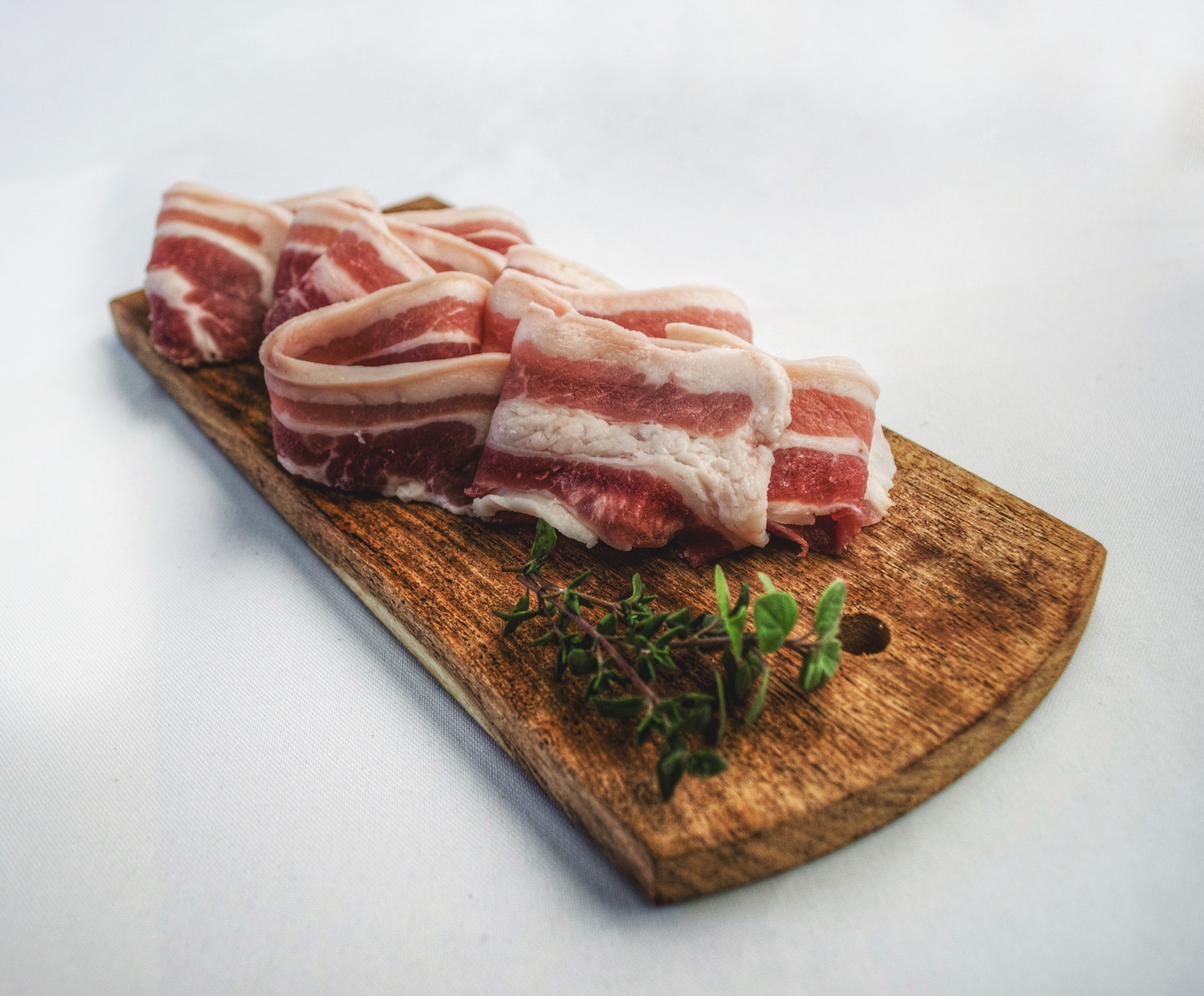All meat specialists appreciate the value of nose-to-tail cooking.
You may know all about our dry aged steak or dry-aged meat, but did you know that the best believe in using all of an animal so that nothing is wasted?
This is why I am going to take you on a nose-to-tail tour of a pig in this article, so you can get the full picture regarding how this concept works.

Some butchers will discard parts of the pig during slaughter, whilst others keep the entire pig. The parts of the pig that are desirable for all are the neck, picnic shoulder, Boston shoulder, loin, side, and ham. Butchers that follow the nose-to-tail philosophy will also keep the head, ears, oink, tusks, skin, foot and tail. They do not believe in waste, instead, they work hard to sell all of the pig.
These butchers will price the cuts of meat accordingly to give themselves the best chance of selling all the pig. The high-on-the-hog cuts are the most expensive. This includes Boston butt, loin, tenderloin, and sirloin. Middle-of-the-hog cuts are cheaper, with examples including belly, picnic shoulder, ribs, sausage, ham, and ground. These are often made into tasty and high priced products, such as salami and prosciutto. Butchers will also provide you on ways to go about cooking ribs on the grill or cooking pork belly and other different cuts of meat.
Finally, you have the low-on-the-hog cuts, such as jowl, neck bones and hocks, and oddments, for instance, trotters, liver, tongue, back fat, heart, and skin. These are the cheapest and will be disregarded by those who care little about waste. Butchers will find these a lot more difficult to sell and customers will often request that they simply slaughter another pig. However, those who embrace nose-to-tail butchery recognise that if they were to do this it would be extremely wasteful. Not only would meat be unused, but also more freezer space would be taken up, which leads to increased energy use. Instead, these butchers focus on getting the economics right, i.e. they will increase the price of the high cuts whilst the low cuts will decrease in price until they are sold.
These pieces of meat are often underrated, as this food can be extremely tasty and flavoursome. Pig heart is very healthy and one of the leanest meats. It tastes delicious when stir-fried. The cheek of the pig is similar to bacon and thus works well smoked. You can use liver to make pâté, whilst cartilage is an excellent stock thickener. The options are endless and therefore these cuts of meat should not be disregarded.
From the snout to the tail, you truly can eat virtually all parts of a pig. When you next go to your butcher, this is definitely something that you should enquire about.



Thanks for all this information! I didn’t even know nose to tail was a thing, but it makes sense.
Oh my goodness, so many details i never knew about butchering. (And my husband owns a steak restaurant!)
I honestly didn’t know about any of the benefits of the pig heart. We eat pork, but in moderation. but given pig heart is lean, I may consider it the next time we cook a pork dish!
You’re right about these pieces of meat being underrated! I never knew there were so many ways to salvage every part of the pig. Definitely getting hungry after this post! – Sondra Barker @cuisineandtravel.com
Never knew you could cook an entire pig. This made me hungry.
This is so interesting. I don’t know much about butchery, but I find it fascinating that there is so many types of meat on one animal.
My husband is a butcher and he hates waste so likes to ensure all parts of the meat is used
I love meat and there are places I’ve been that they actually have different recipes with the use of every part of the pig.
Glad to learn there are so many ways to use different part of a a pig. I have not tasted all part yet.
Though I’ve never eaten the whole pig, I think it’s important for people to know that they can use the entire pig and note waste meat.
It is good to use as much as possible when cooking, so as not to be wasteful. It makes sense to try to use as many parts as you can for different cooking methods.
Fascinating stuff right here. I actually recently watched a video of a butcher cutting up a pig. Interesting to see where the cuts come from.
Although I don’t cook every part of the pig, I have heard that you can cook it and it does taste delicious. Reading your post reminded me of this.